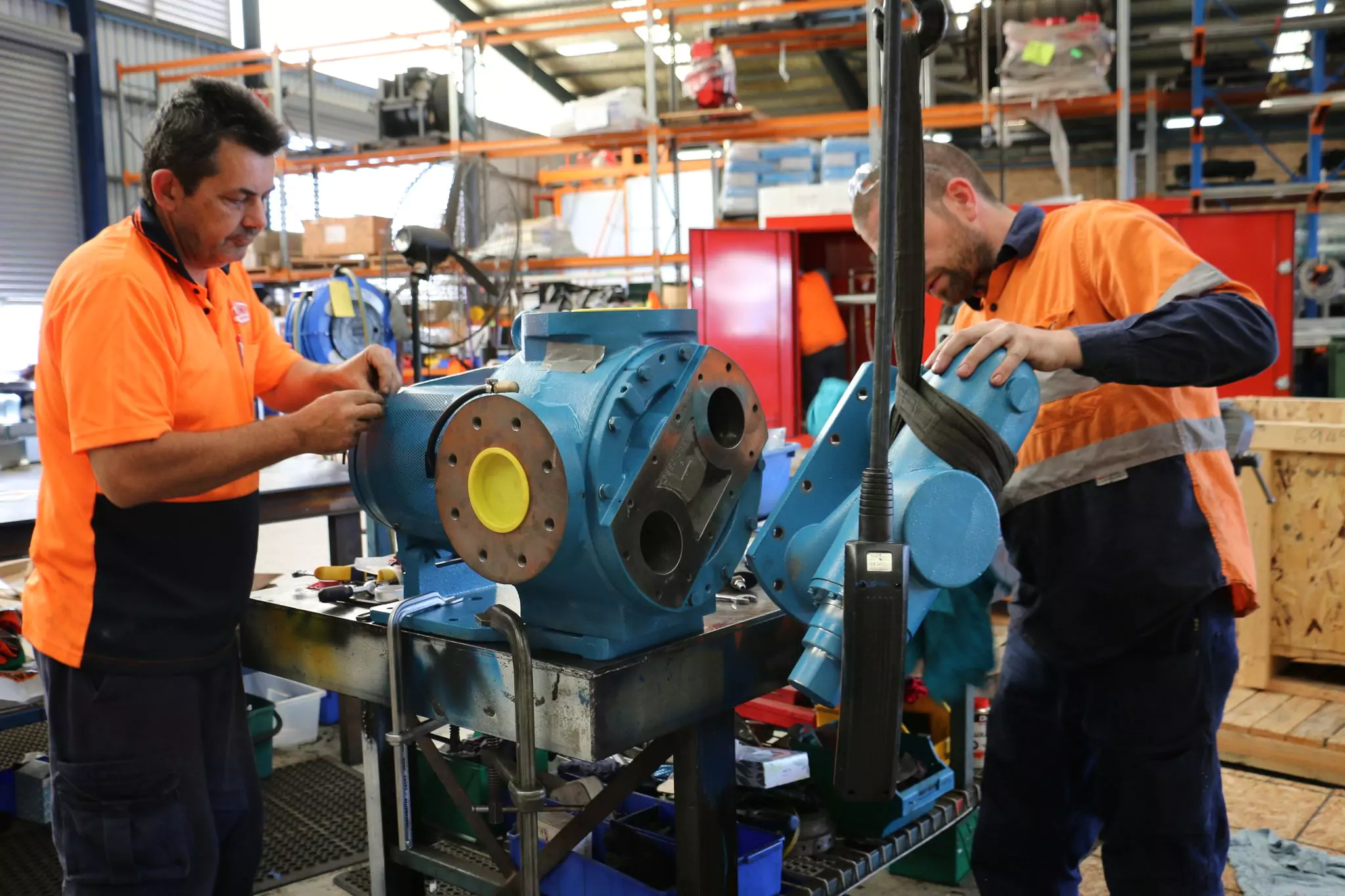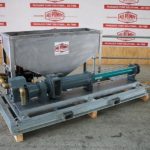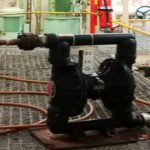The industrial pump is a slave to the pumping system. The system governs the pump. The system is composed of the suction and discharge vessels plus all pipes, elbows, valves, filters, fittings, and instrumentation. The pump reacts when the system changes.
If the pump is forced to do what it cannot do, then it fails frequently and prematurely. We call it mysterious pump failure, reactive maintenance, or unscheduled downtime. So, how do you know what your pump can do within the system?
The answer is simple, but not always realistic. The pump curve should be available and understood by everyone involved with the pump, although it rarely is.
You can get some good information off the pump and motor ID plates. The motor ID plate indicates the speed. The pump ID plate normally indicates the impeller diameter in inches.
With the pump speed and the impeller diameter, you can approach it in 2 ways.
Approach 1
At 1,800 RPM, the impeller diameter in inches, multiplied by itself, is the approximate shutoff head of the pump in feet. This means that a standard centrifugal pump with a six-inch impeller on a four-pole motor will generate 34 to 38 ft. of shutoff head (6 x 6 = 36).
Likewise, a nine-inch impeller on a four-pole motor would generate about 80 ft. of shutoff head (9 x 9 = 81). And a 13-inch impeller would generate about 170 ft. of shutoff head (13 x 13 = 169). These numbers are accurate within about 5 percent.
Approach 2
The best efficiency point (BEP) is about 85 percent of the shutoff head. The pump should be operated at, or close to, the best efficiency point.
The key word here is “about.” This method has exceptions, depending on the pump design, application, and liquid. However, this covers about 90 percent of all centrifugal pumps. If the pump speed or impeller diameter changes, the pump performance varies by what are commonly referred to as the affinity laws.
The shutoff head is a simple concept. If you were to pump into a vertical pipe, the pump would push the liquid up into the pipe to a certain point beyond which no more elevation could be obtained. Flow becomes zero as all the energy of the electric motor is invested into maintaining elevation. This is the shutoff head.
Assuming you have a pump to fill a tank at 600 GPM with ambient water, the discharge pipe rises over the top of the tank and drops down into the tank.
When full, the level in the discharge vessel is 52 ft. above the level in the suction vessel. The system has two feet of friction losses with the pipe runs, the elbows, valves, and instrumentation.

The important elements of a typical centrifugal pump curve plotted on a graph. The vertical axis reads head or elevation in feet starting at 0. The horizontal axis reads flow in GPM starting at 0.
- Point A – Shutoff head
- Point B – Best efficiency point on the curve
- Point C – Best efficiency head
- Point D – Best efficiency flow
How would you specify a pump for this system? The pump must generate 54 ft. of head (52 ft. elevation change plus two feet friction losses) at 600 GPM. Your pump impeller diameter should be eight inches mated to a four-pole electric motor. The shutoff head would be approximately 64 ft. The BEP would be about 54 ft. (85 percent) at 600 GPM.
The BEP for a typical centrifugal pump is noted on the curve in the figure provided above with coordinates drawn to point C (best efficiency head in feet) and point D (best efficiency flow in GPM).
How would you know if this pump is performing as it should?
Ambient water at 54 ft. would convert into 23 PSI differential on the pump’s pressure gauges. If the suction gauge reads zero PSI, the discharge gauge should read 23 PSI. A flowmeter might report a velocity that converts to 600 GPM. It’s that easy. It also shows the importance of the instrumentation tech to pump reliability. Pumps need working gauges. Equipment operators need training to properly interpret them.



